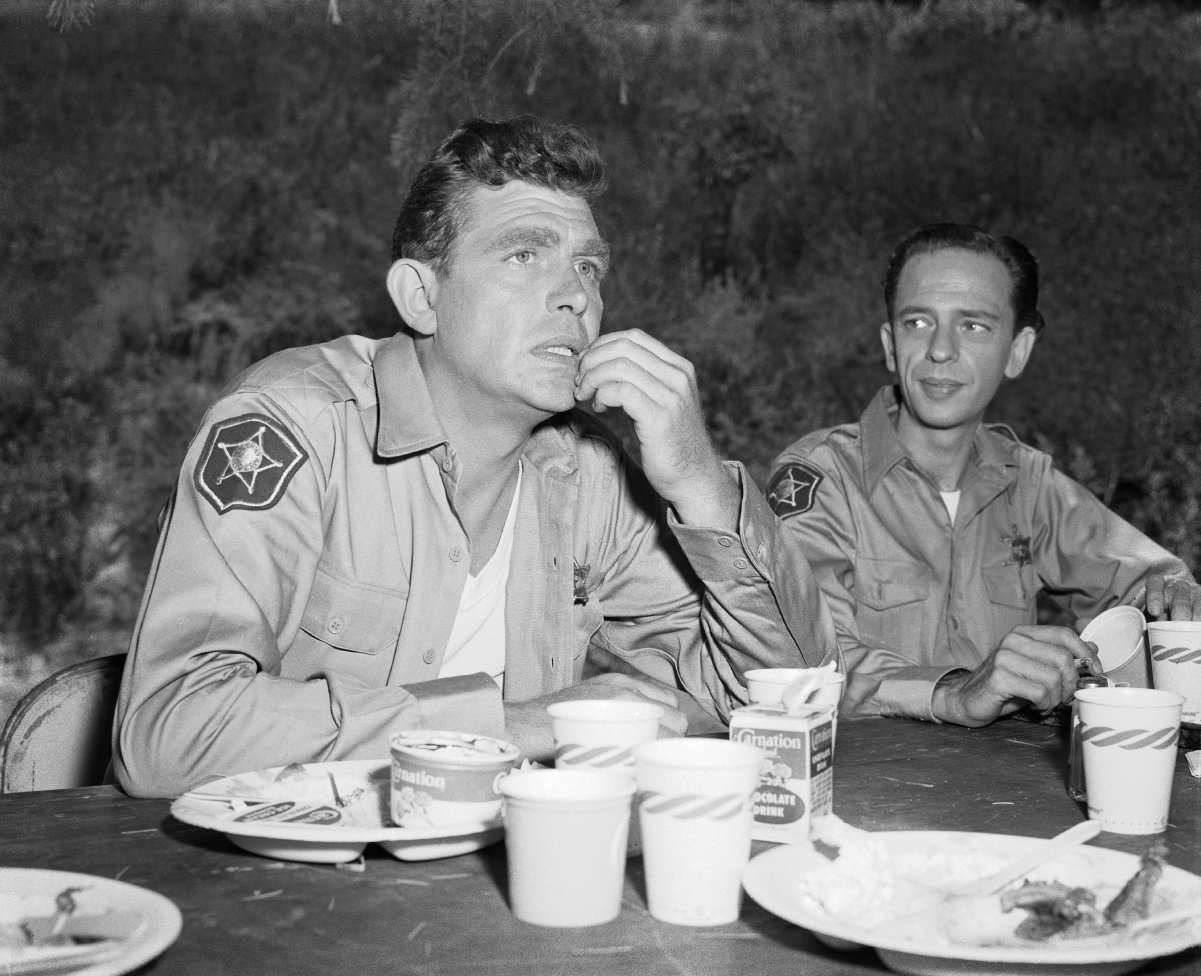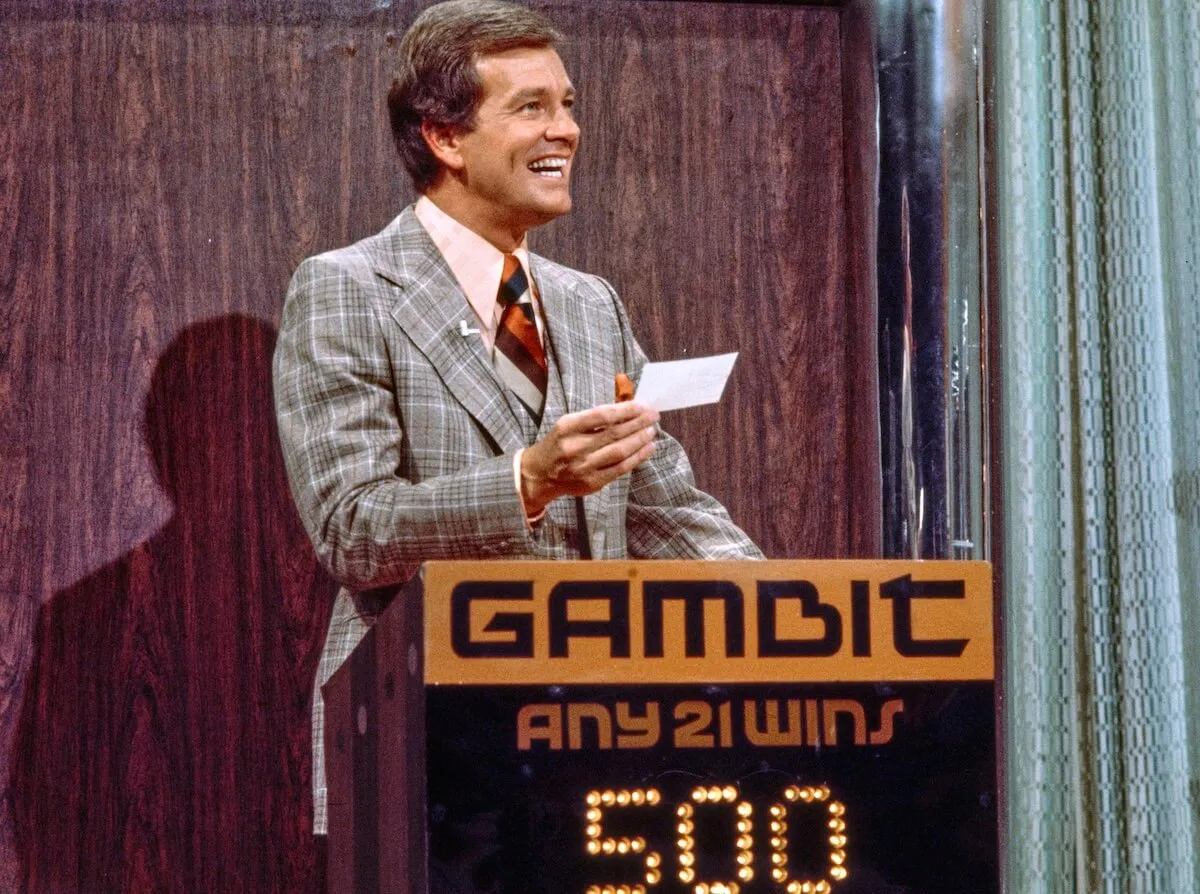‘The Andy Griffith Show’ Defied American Government By Hiring Blacklisted Talent
As we look back on nostalgic television many decades later, there are plenty of quirks and surprises to delight fans new and old. The Andy Griffith Show is now 50 years old, and since its 1960 premiere, a lot has changed in Hollywood and the public’s tastes.
Still, the classic sitcom has managed to remain endearing, and now fans are excited to find out little details about the original series. Learning that there was an on-set feud or that the intro sequence features a glitch provides some interesting trivia.
What fans may not know, though, is that the show also has a connection to some of America’s unsavory history. The Andy Griffith Show was filming during the heart of the “Red Scare,” and it defied the Hollywood blacklist designed to punish actors deemed to be communist sympathizers.
‘The Andy Griffith Show’ premiered in 1960

The Andy Griffith Show first aired in 1960, and it was something of a spinoff of a less successful series called The Danny Thomas Show. The family-friendly series was a hit largely because of its wholesome image that allowed viewers at the time to escape the alarming news and civil unrest gripping the country.
At least for the time, The Andy Griffith Show filled the television screen, all thoughts of conflict in the streets were wiped away by the lighthearted antics of Mayberry.
Mayberry was located somewhere in North Carolina, and the story centered around widower Andy Taylor who was raising his son Opie with the help of Aunt Bea while also serving as sheriff of the small town. While the relationship between Andy and his son added a heartwarming factor, it was primarily the dynamic between the sheriff and his goofy deputy Barney Fife that brought the laughs.
The ‘Red Scare’ gripped Hollywood for years
By the time The Andy Griffith Show premiered in 1960, the peak of the Red Scare in America had already tapered off, but that didn’t mean that it had disappeared. In fact, the Hollywood blacklist was still alive and well when the show began filming.
Many creators at the time were wary about casting someone who had been deemed suspicious, but some blacklisted actors still managed to have thriving careers despite the stigma.
As History.com reports, the blacklist can be traced back to 1947 and the “Hollywood Ten.” Following World War II — which ended in 1945 — the United States was engaged in a Cold War with the Soviet Union. Largely because of this conflict, many Americans feared the spread of communism and saw it as a threat to the very core of America itself.
The government oversight of these activities resided in the House Un-American Activities Committee (HUAC), and the committee had its eyes set on Hollywood as a hotbed of communist ideas. Many people with ties to the movie industry were subpoenaed to appear before the committee and face intense and invasive questions about their private lives and thoughts.
In 1947, ten actors and film creators stood up to the committee as an overreach. As a result, these ten individuals received jail sentences and were banned from working in major Hollywood studios. Many other actors and film creators loosely associated with the Hollywood Ten would face similar treatment until the ban came to an end in the 1960s.
‘The Andy Griffith Show’ defied the blacklist
While the show is remembered for its wholesome, all-American vibe, The Andy Griffith Show managed to dip into some controversy in its day.
In fact, the creators defied the blacklist and hired Coby Ruskin as a director despite his inclusion on the list of tainted Hollywood members. As Film Oracle explains, the show was Ruskin’s first work stateside after a period of exile in the U.K. He would go on to have a long career in Hollywood that included work on shows like The Doris Day Show and The Bill Cosby Show.
What’s more, nine episodes of The Andy Griffith Show were credited to a screenwriter named David Adler, who was really a man named Frank Tarloff. After being blacklisted in 1953 by the House of Un-American Activities Committee, Tarloff worked under the pseudonym and later won an Oscar for Father Goose.


